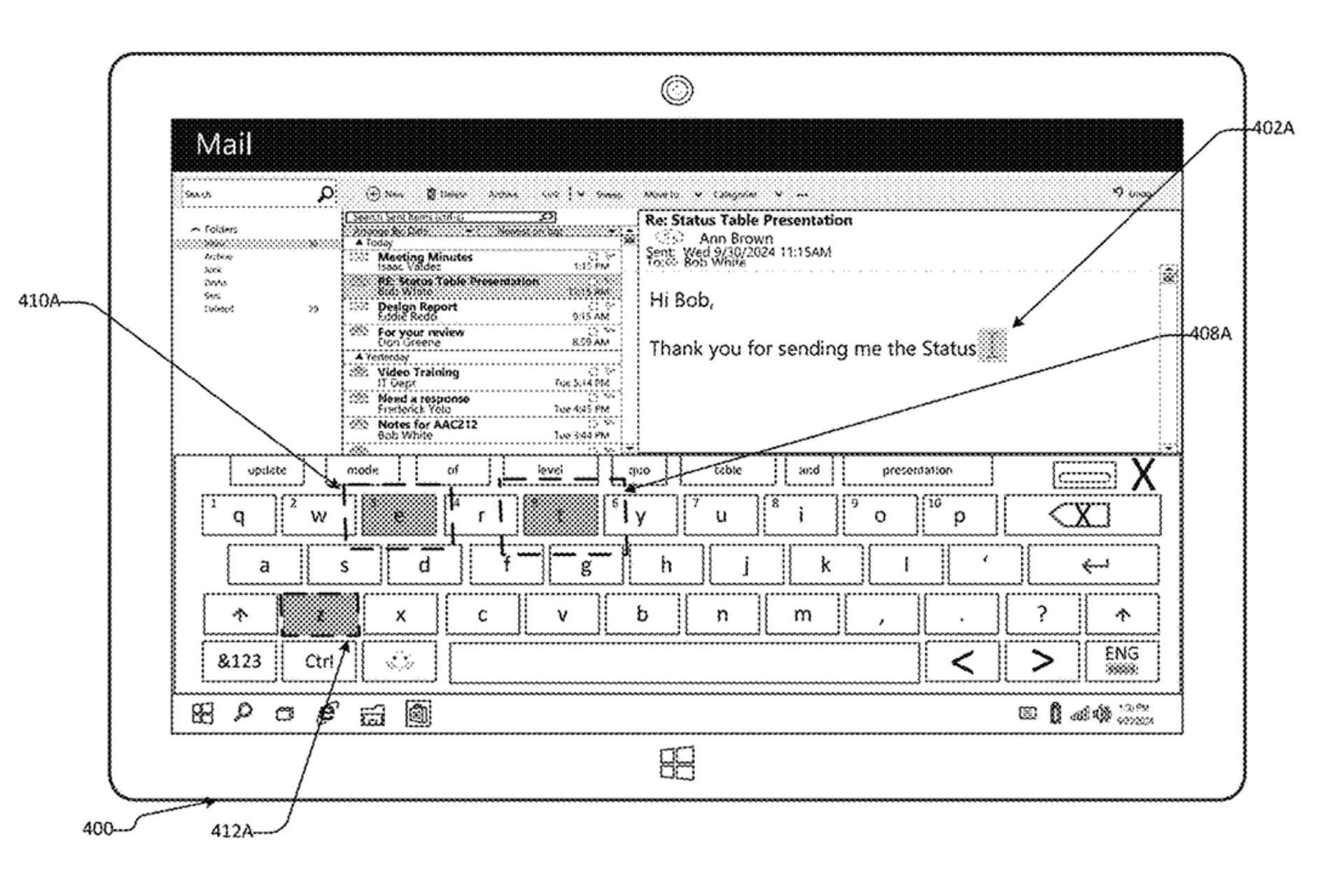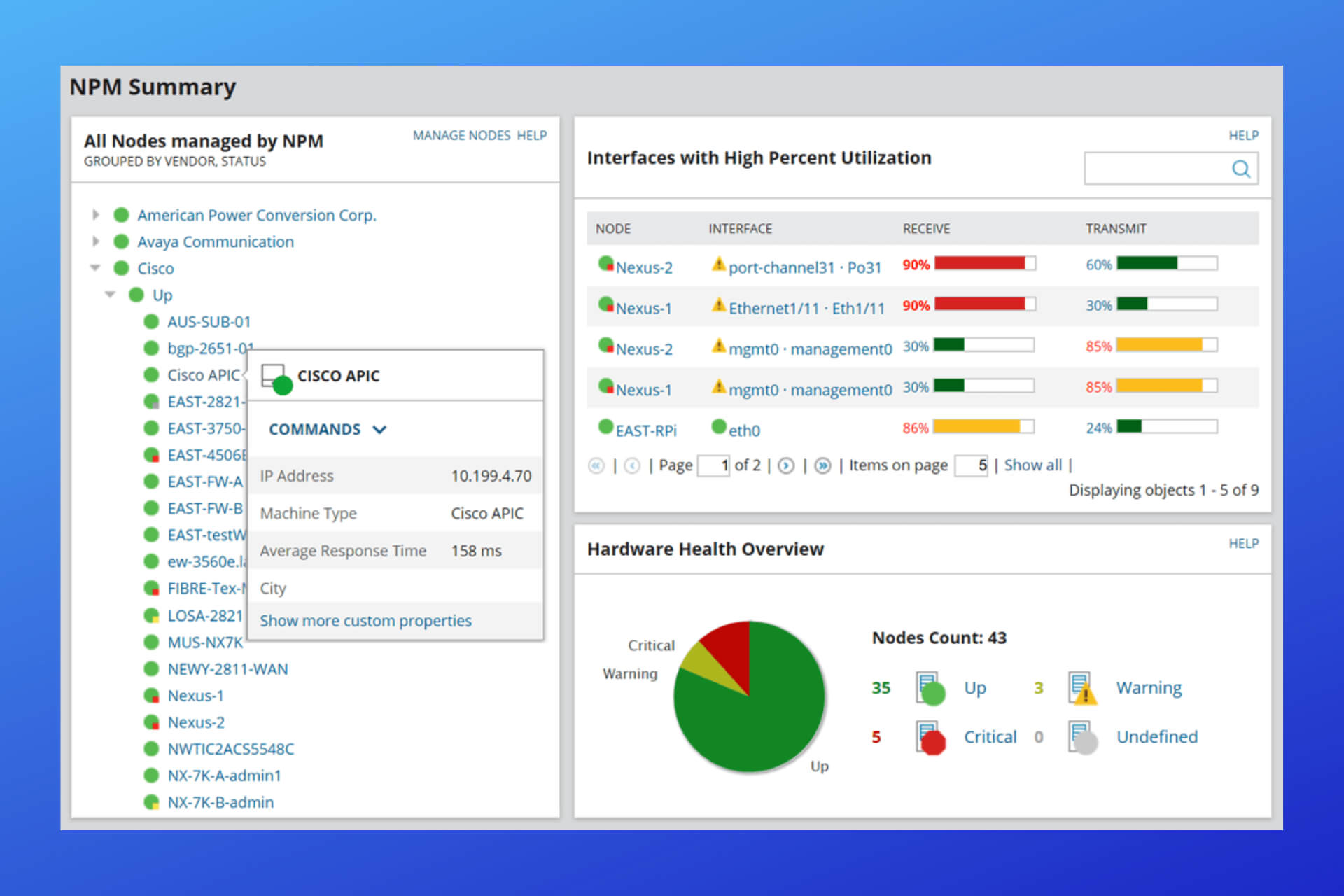TomTom to become main provider of location data for Microsoft Azure and Bing Maps
2 min. read
Published on
Read our disclosure page to find out how can you help Windows Report sustain the editorial team Read more

Microsoft is partnering with location technology specialists TomTom to bring its traffic data statistics over to the tech giant’s Bing Maps program, as well as to their Azure cloud computing service. The Redmond-based tech giant explained that the partnership will enhance Azure Maps by bringing features to allow businesses to build “map-based dashboards to visualize IoT spatial analytics to mobility scenarios for vehicle movement” on their blog post.
Bing Maps users will likely benefit from TomTom’s infrastructure, which will enable users to perform various such as tracking parking meter rates in real time, plus the tracking of street traffic, carbon footprint, noise pollution, and others. TomTom also has the technology to support self driving vehicles, which could also enable Microsoft to integrate its maps into those systems in the future. The tech giant is giving access to these statistics to business users who may want to incorporate them into their apps, but if at least a couple of these made it to Bing Maps, it could help serve to give Google a run for their money. Microsoft’s Partner Group Manager of Azure Maps and connected vehicles Tara Prakriya, explained that:
“This deep partnership with TomTom is very different from anything Microsoft has done in maps before. TomTom hosting their services in the Azure cloud brings with it their graph of map data. Manufacturing maps in Azure reduces the latency to customer applications, ensuring we offer the freshest data through Azure Maps. Azure customers across industries end up winning when their geospatial data and analytics, TomTom data, and Azure Maps services are all running together in the same cloud.”
TomTom will also benefit from the partnership, as Azure will become their primary resource for cloud management. This will give them access to Microsoft’s vast array of services and APIs as they expand their services in the future. It’s a move we recently made ourselves, for those of you who might not already know.








